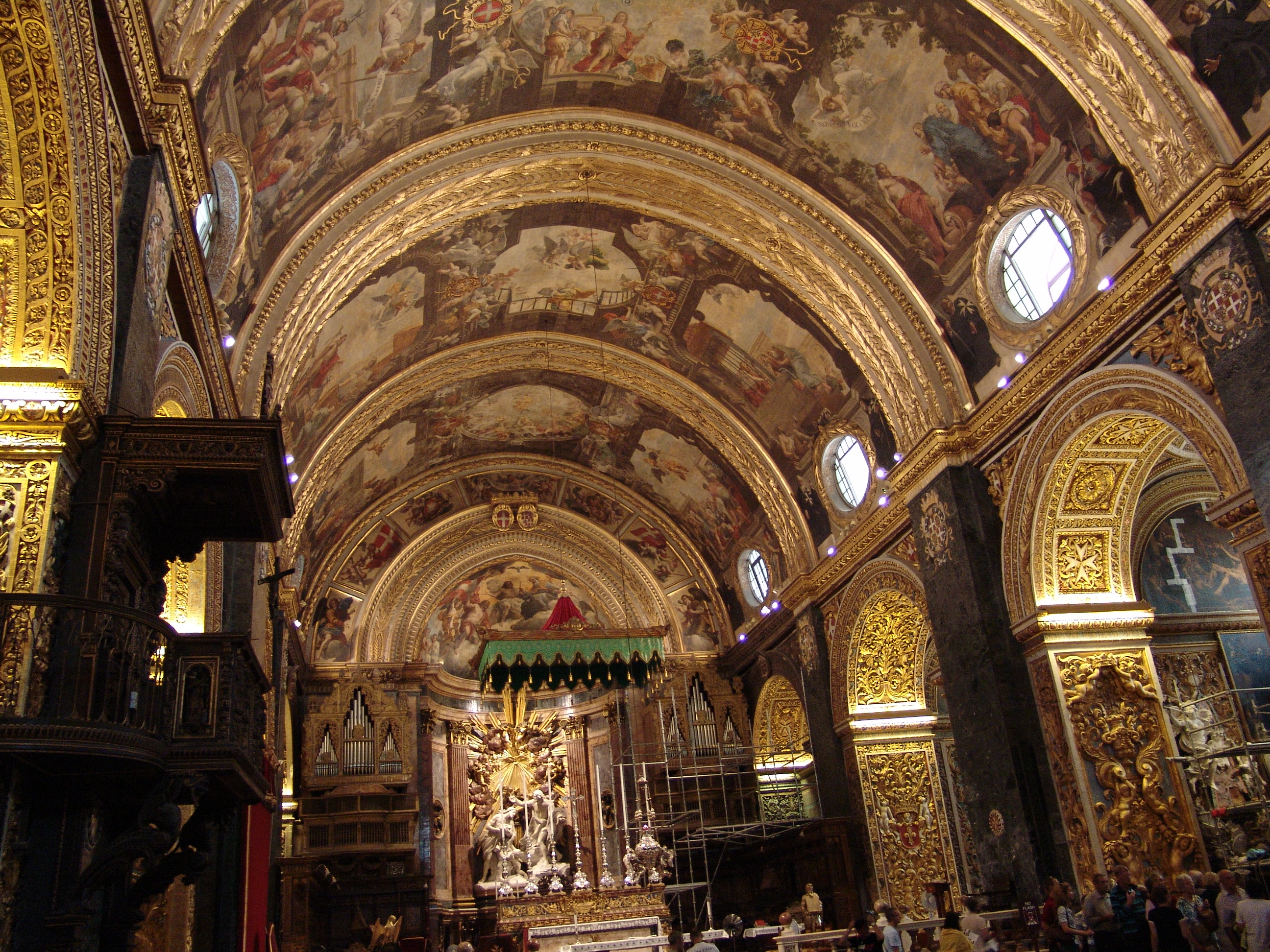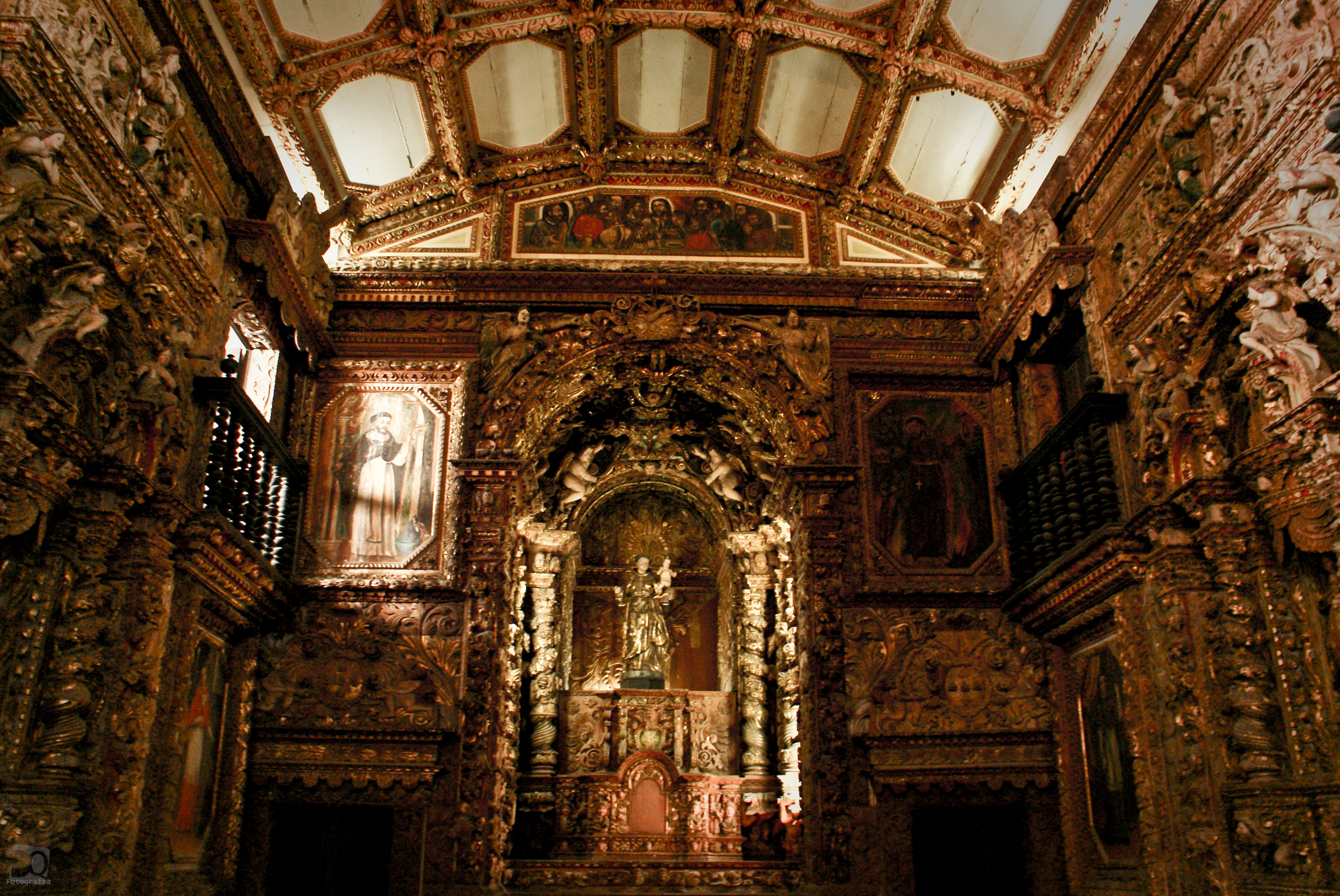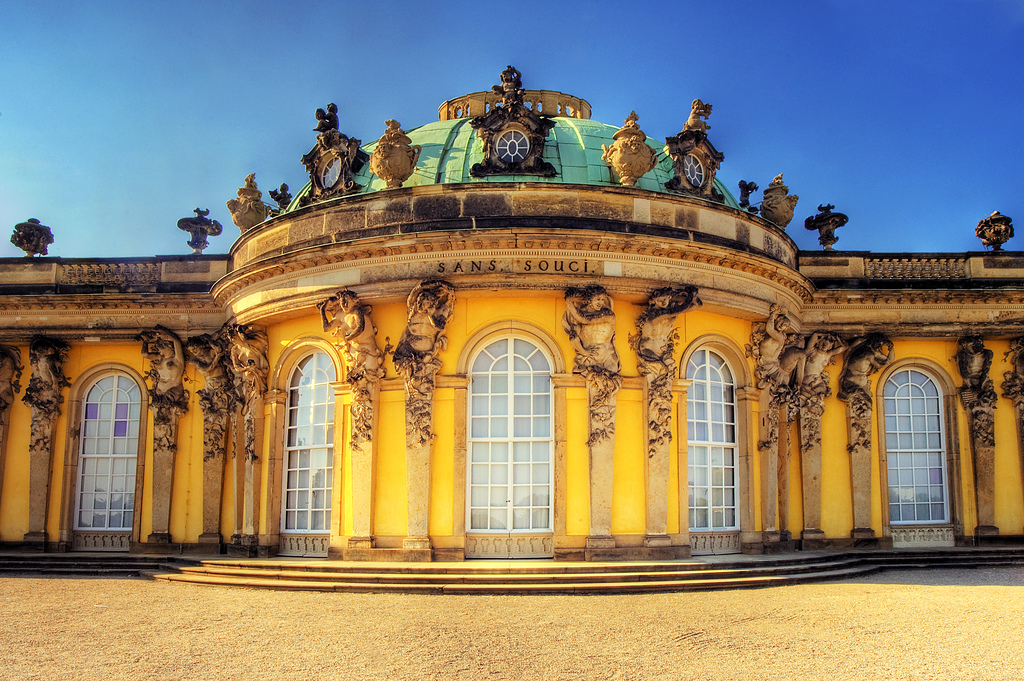Compiled by: Monique Cloe
Rococo, or “Late Baroque”, is an 18th-century artistic movement and style, affecting many aspects of the arts including painting, sculpture, architecture, interior design, and decoration. It developed in the early 18th century in Paris, France as a reaction against the grandeur, symmetry, and strict regulations of the Baroque period, especially of the Palace of Versailles.
Rococo artists and architects used a more jocular, florid, and graceful approach to the Baroque. Their style was ornate and used light colors, asymmetrical designs, curves, and gold. Unlike the political Baroque, the Rococo had playful and witty themes (Encyclopedia Britannica, 2014). The interior decoration of Rococo rooms was designed as a total work of art with elegant and ornate furniture, small sculptures, ornamental mirrors, and tapestry complementing architecture, reliefs, and wall paintings.
When the term was first used in English in about 1836, it was a colloquialism meaning “old-fashioned.” The style received harsh criticism and was seen by some to be superficial and of poor taste, especially when compared to neoclassicism (Encyclopedia Britannica, 2014). Despite this, it has been praised for its aesthetic qualities, and since the mid-19th century, the term has been accepted by art historians. While there is still some debate about the historical significance of the style to art in general, Rococo is now widely recognized as a major period in the development of European art.
From France the Rococo style spread in the 1730s to the Catholic German-speaking lands, where it was adapted to a brilliant style of religious architecture that combined French elegance with south German fantasy as well as with a lingering Baroque interest in dramatic spatial and plastic effects (Encyclopedia Britannica, 2014).

Valletta, MALTA
by John Y. Can, used under CC BY

Igreja de São Francisco
by Dan Queiroz, used under CC BY

Potsdam Sanssouci Palace
by Wolfgang Staudt, used under CC BY
The Editors of Encyclopedia Britannica. “Rococo Style (design).” Encyclopedia Britannica Online. Encyclopedia Britannica, 2013. Web. 14 Apr. 2014.